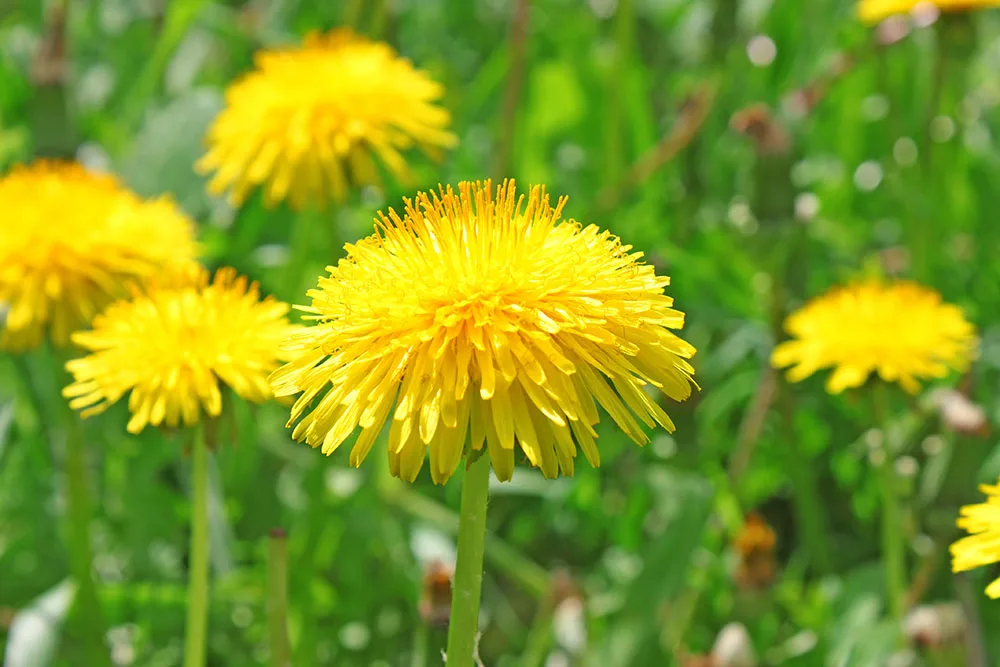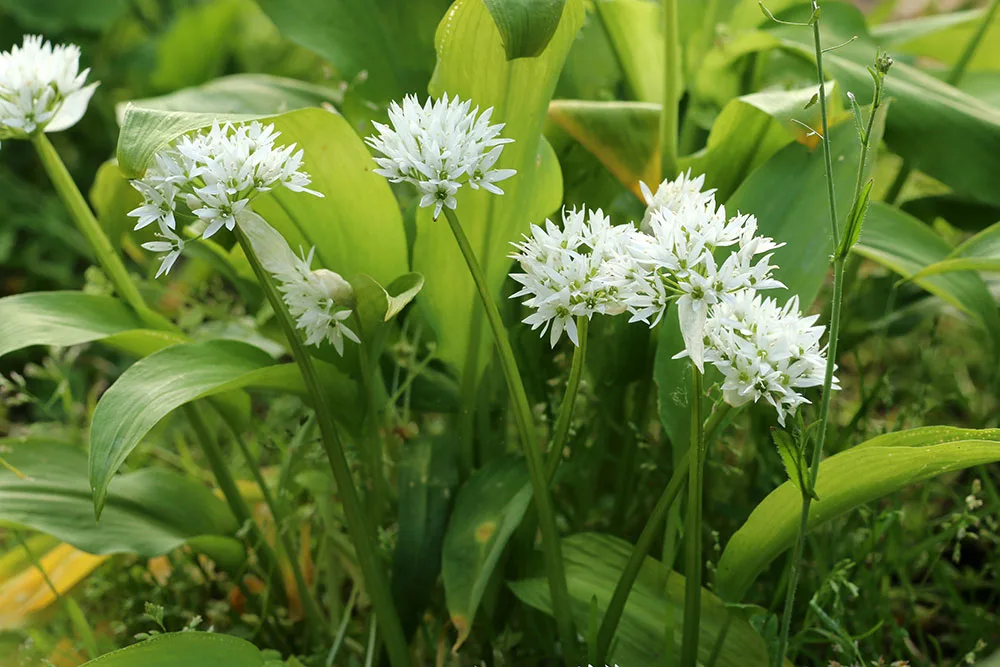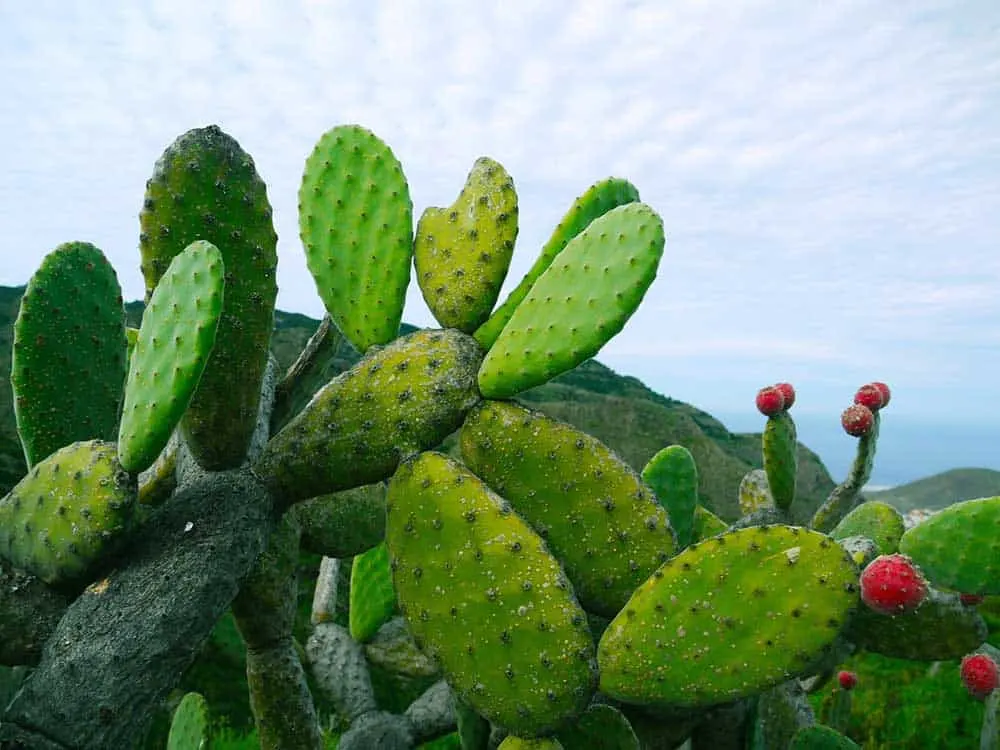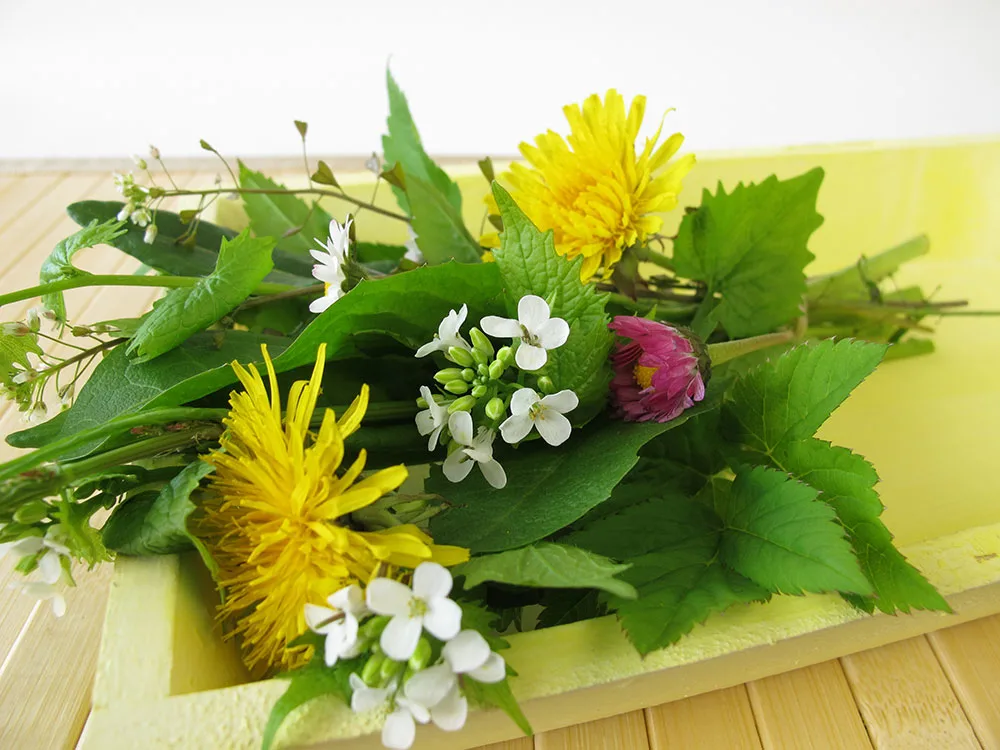So you are out in the wild and you are out of food….or are you? Look around and you’ll find edible wild plants everywhere! Some can be found right in your backyard. The hard part is figuring out what you can eat and what will kill you.
First, to find the right food you have to know where to look. If you are in a tropical or warm and humid climate, the food will be basking in the sun, normally in a clearing or on the edge of a forest. In a dry climate, most of the food will be near whatever water source you can find. So what if you cannot find water? No problem; you should be able to find cactus, and yes, many are edible.

Dandelion – tinnko/Shutterstock
If you think about it before you go on an outing, you can look up local edible wild plants that are indigenous to the area you are planning on visiting. Print out what you can and get pictures so you can compare. Or get a good plant ID app on your phone. Be careful, because some plants look different in different regions and at different life stages.

Broadleaf plantain – nnattalli/Shutterstock
13 edible wild plants you can survive on
Grass
Did you know that most grass is edible? It’s true, and anything less than 6” is easy to find, chew, and digest. It’s not something you’ll want to make a regular meal of, but in a life or death situation, it can help you survive.
The flavor of grass ranges from sweet to bitter. If you have ever been to a juice shop that sells wheatgrass you know how sweet it can be.
Weeds
Weeds are abundant everywhere and many are not only edible, but they actually taste good! Here are just a few that you can eat:
- Dandelions – the leaves and flowers make a great salad, especially if topped with a light vinaigrette. The flowers of the Dandelion can be made into wine if you have the time.
- Broadleaf plantain – the leaves can be cooked like you would any other tough green.
- Wood sorrel – this little weed tastes somewhat lemony and is found all over North America and Europe. The younger leaves have a citrus flavor and the older leaves go well in soups.
- Cress – most cresses (garden cress, watercress, rock cress, pepper cress) are great in salads and soups.
- Catnip – not just for cats. Cats find the aroma irresistible and humans find the plant very relaxing.
- Chickweed – a nutritious weed filled with vitamins, minerals, omega-6 fatty acids, and more. Do not eat too much as it can cause diarrhea.
- Burdock – tastes like asparagus when stripped of the rind and boiled before the flower opens.
- Echinacea – an excellent medicinal herb, but also a wild edible food. The leaves and flower petals are edible raw or cooked.
- Wild garlic – has small shoots and looks like spring onions or cultivated garlic. Chop it like scallions and use in salad or pesto.
- Red Clover – can be eaten raw or you can steep it in hot water for a delicious tea. You can also use the leaves and the flower blossoms in a salad.
- Alfalfa – tastes good and is good for you. You can eat the leaves or the young shoots raw or cooked.

Wild garlic – Eileen Kumpf/Shutterstock
Cacti
Cacti are technically succulents, meaning that they have thick, fleshy, water-storing leaves or stems.
Most people refer to cactus as succulents whose leaves have spines or thorns. As formidable as a cactus may seem, the benefit from eating them is obvious in dry climates. They store an amazing about of liquid water, which could mean the difference between life and death in an emergency.
Just make a hole into virtually any section of a cactus leaf and squeeze out the thick, viscous, life-saving ooze.

Prickly pear cactus
Certain kinds of cacti have fruit that is a popular source of food. The dragon fruit (pitahaya) is now widely grown in Asia. The prickly pear, or Indian fig, are varieties of cacti whereby both the fruit (called tuna in Spanish) and the pads (called nopal in Spanish) can be eaten.
The root of the cactus can be quite expansive; some have a singular root called a taproot that will grow very deep into the ground to tap into underground water supplies.
Plants to Avoid
If you can’t clearly identify a plant and you don’t know if it’s poisonous, it’s better to be safe than sorry. Steer clear from a plant if it has:
- Milky or discolored sap
- Spines, fine hairs, or thorns
- Beans, bulbs, or seeds inside pods
- Bitter or soapy taste
- Dill, carrot, parsnip, or parsley-like foliage
- “Almond” scent in the woody parts and leaves
- Grain heads with pink, purplish, or black spurs
- Three-leaved growth pattern
In addition to taking note of these attributes to avoid when foraging for edible plants, to be safe, consider picking up a good plant identification guide to carry with you.

Edible wild herbs – Heike Rau/Shutterstock
Whether you find yourself in a survival situation in the wild or just want to get creative with your next home-cooked meal, the outdoors are teeming with edible wild plant life. Be cautious, but have fun trying out some of these delicious wild edibles.